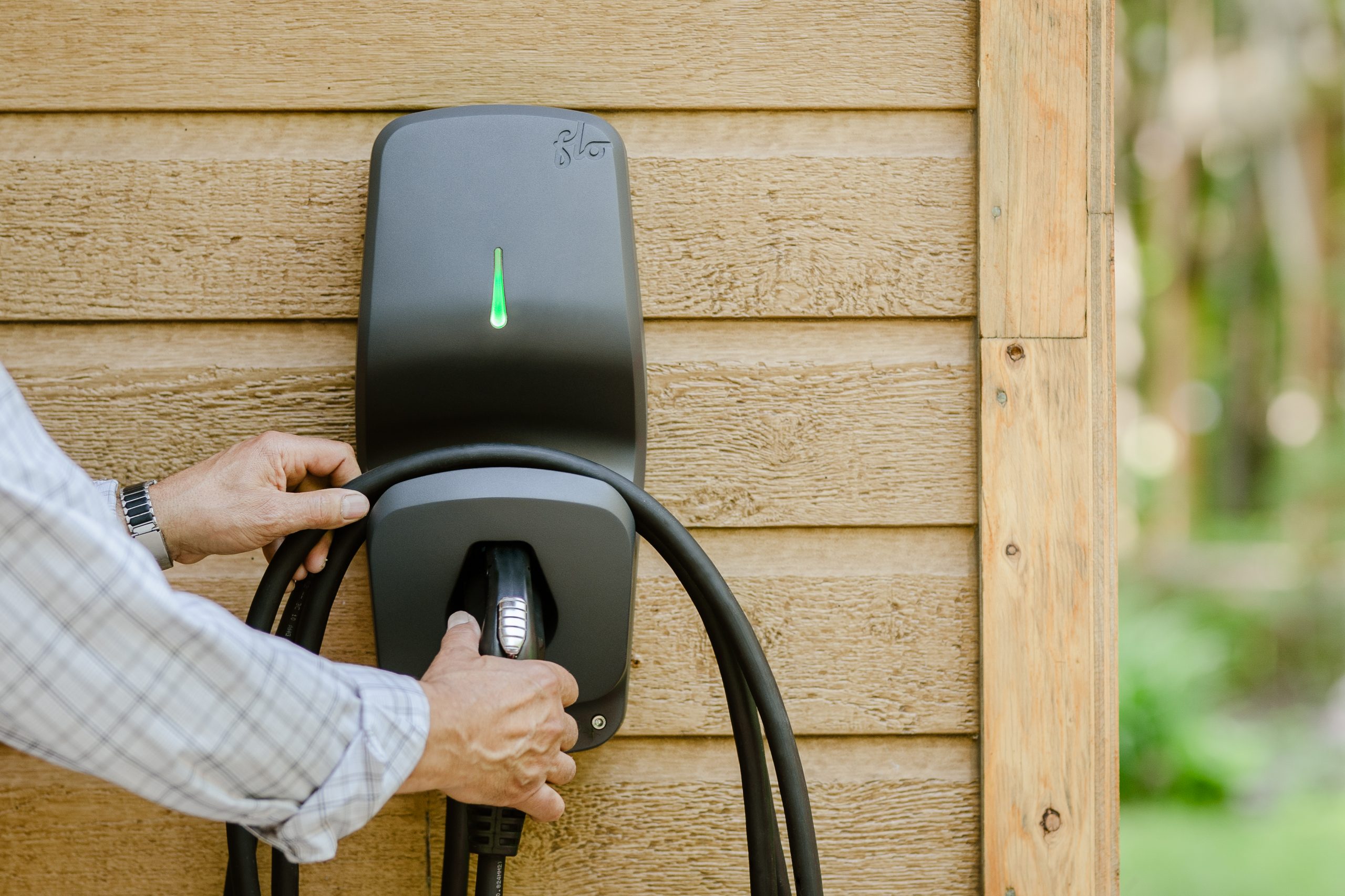A Commercial Air Conditioning Guide for Business Owners & Managers9 min read
Reading Time: 8 minutesCommercial Air Conditioning Guide: Keep residents, customers & employees comfortable.
During the height of summer heat, commercial facilities must be able to rely on their air conditioning systems. This guide is meant to help business owners and property managers get the facts they need to ensure they have an air conditioner that’s right for their needs. It will also help them understand how they can avoid the financial burden that comes with unexpected repair and maintenance costs.
LEARN MORE ABOUT OUR COMMERCIAL SERVICES >>
Browse This Content:
1. To start, how does an air conditioner work?
2. Which Type of Air Conditioner is Right for My Commercial Property?
a.Split System Central Air Conditioners
b.Multi-Split System Air Conditioners
d.Packaged Rooftop Air Conditioner Systems
3.Is My A/C Broken? Common Signs Your Air Conditioner Needs Servicing
4.What to Consider When Assessing Your Commercial Air Conditioning Needs
5.Renting vs. Buying an Air Conditioner for Your Commercial Property
6.Consider the Reliance Buyback Program.
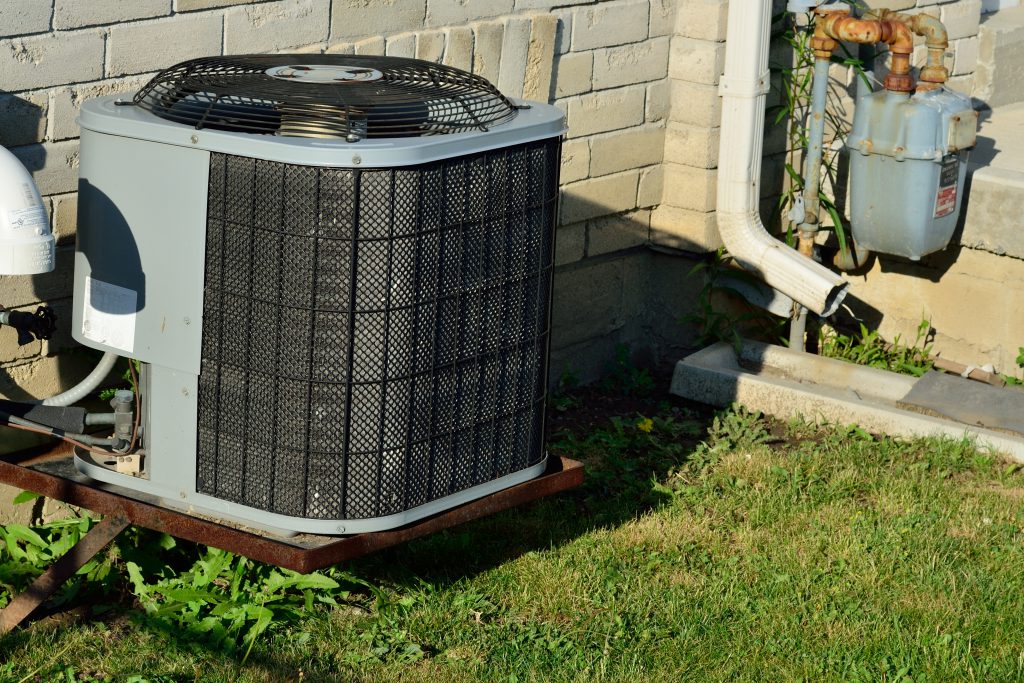
To start, how does an air conditioner work?
While there are different models and types, all air conditioners essentially do the same thing: they draw indoor air, cool that warmer air through a special process, return the cooled air into the indoor space, and release the heat that was initially drawn from the space into the outdoors. This process repeats on a cycle until the indoor space reaches the desired temperature.
Let’s have a look at how a central air conditioning system works:
1. The Thermostat: The control system that turns the air conditioner on and off and sets the desired temperature
2. The Blower: The component that both draws warm air into the system to be cooled and circulates the air back into the space once it has been cooled.
3. The Evaporator Coil: Once the blower has drawn warm air into the system, it passes over the evaporator coil which pulls the heat out of the air using refrigerant.
4. Refrigerant: A chemical compound that absorbs, transfers and releases heat as it transitions from a liquid to a gas and back again. It is the key substance that makes refrigeration possible.
5. The Compressor: After absorbing the heat, the warm refrigerant passes into the compressor where it is compressed into a much denser, hotter substance.
6. The Condensing Coil: The condensing coils then release the collected heat to the outside before the now-cooled refrigerant circulates back inside to collect more heat
7. The Condenser Fan: This fan aids in the process of drawing heat from the condensing coil and pushing it outside.
Which Type of Air Conditioner is Right for My Commercial Property?
From dental offices and small retail stores to multi-complex properties and restaurants, commercial buildings come in different shapes and sizes. With so much variety, it’s important to work out which air conditioning system will work best for you.
Split System Central Air Conditioners
Ideal for coffee shops, small medical clinics, hair salons, etc.
A “split” system refers to a central air unit that is split between the indoors and the outdoors. The refrigerant circulates between the inside unit, where heat is absorbed, and the outside unit where heat is expelled. As the refrigerant cools the air, it can simultaneously dehumidify it. The cool air is then circulated by the blower throughout a space. The desired temperature is maintained by the settings on the thermostat.
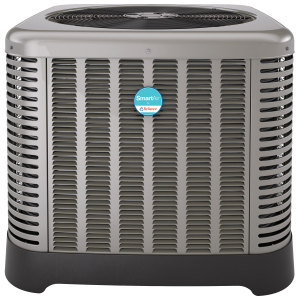
Multi-Split System Air Conditioners
Ideal for restaurants, small offices etc.
These units are configured in the same way as split-system central air units; however, they will connect multiple indoor units to a single outdoor unit. These systems are ideal for medium-sized commercial spaces.
Ductless Split Systems
Can be used in small commercial applications
Many commercial spaces lack the ductwork that is necessary for central air systems. In these cases, ductless split systems present a viable alternative. A ductless split system may have multiple heads or indoor units that cool the air. These units may be mounted on a wall, floor, or even a ceiling. Each head cools the air in the room where it is installed, which allows for different temperatures for each unit and room. The condensate drain, refrigerant tubing, and power cable run between the indoor heads and the outdoor unit. A small hole in the exterior wall is required to run the conduit between the indoor and outdoor units.
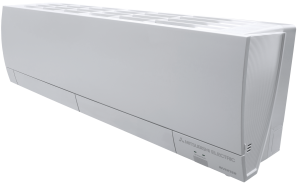
Packaged Rooftop Air Conditioner Systems
Used in large retail, commercial and industrial applications
In contrast to split systems, packaged rooftop A/C systems contain all the components of the air conditioning system in one singular unit. Warm air is pumped from the commercial space to the packaged air conditioner unit, where it is cooled and then returned into the commercial space via ductwork.
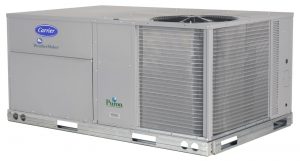
VRF Air Conditioners
Ideal for large retail stores, office buildings, multi-complex residential properties, hotels, etc.
While they are set up like multi-split systems, Variable Refrigerant Flow (VRF) units are the go-to choice for large commercial applications. VRF units are essential for commercial spaces where sophisticated zonal temperature control is needed. There are two types of VRF air conditioning systems:
Heat Pump VRF: Can either heat or cool a building at any given time. Good for when a single temperature is desired for a large space.
Heat Recovery VRF: Allows different building occupants in different rooms or spaces to heat or cool the space they are in simultaneously. As the name suggests, these heat recovery systems can use the heat drawn from one room to heat another space in the same building. In some cases, the heated and cooled refrigerant in these systems is also used to heat or chill water.
Is My A/C Broken? Common Signs Your Air Conditioner Needs Servicing
Routine Maintenance is Key
Business owners and property managers need to be able to count on their air conditioning units. From energy costs and efficiency to creating a comfortable environment for guests, customers, patrons, and employees, these systems just have to work.
Adhering to a routine preventative maintenance program overseen by HVAC experts is the best way to ensure the long life of your air conditioning unit. A detailed multi-point inspection is especially important at the start of a new season when heavy use is inevitable.
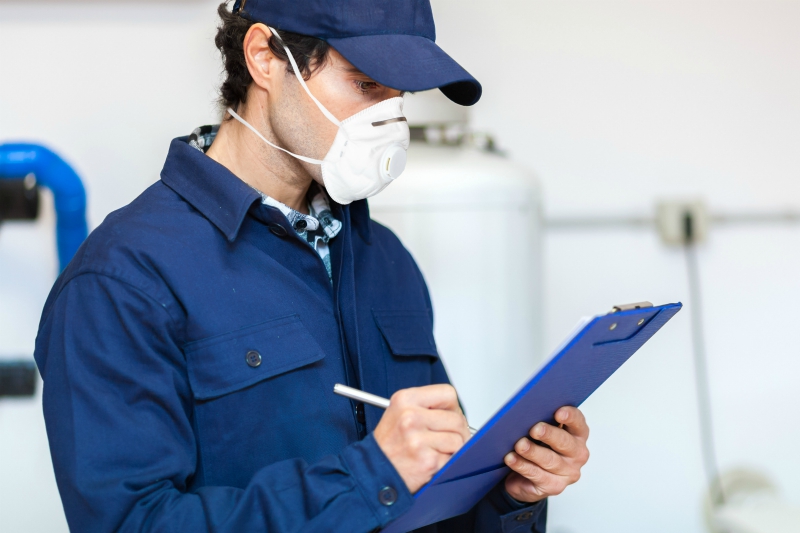
Excessive Noise
If you hear unusual banging, clanging, buzzing, or high-pitched sounds, this could point to loose parts, broken parts, debris, and other issues. Shut the unit down and call a technician right away.
Refrigerant Leaks
Air conditioning units require refrigerant levels matching the specifications set by the manufacturer.1 If refrigerant levels are inadequate, or if there are leaks, your air conditioning system may no longer cool your building.
Drainage Issues
Over time, the drainage lines that manage excess moisture from your air conditioning unit can become clogged, blocked, dirty, or damaged. Failure to address these potential issues can lead to water backup and water damage.
Clogged Filters
We didn’t mention them earlier, but filters play an essential step in keeping your HVAC system running cleanly and efficiently. Commercial business owners should regularly have their filters inspected and replaced to ensure that they are not clogged with dust, dirt, and debris. If left unattended, a clogged filter can restrict airflow and cause numerous problems.

Top 3 Things to Consider When Assessing Your Air Conditioning Needs
The Size of the Unit
The size of your air conditioner needed depends on a variety of factors, including the size of the space, the amount of heat it generates, insulation levels, windows, orientation, and more.2 An AC that is too large will lose the ability to effectively dehumidify and will cycle on and off more frequently, which can reduce the efficiency of the system. If the AC unit is too small, it may not be able to meet the demands of a hot, humid day. In order to ensure your unit is sized to your business needs, contact a qualified air conditioning contractor who will take all the necessary factors into account.
Energy Efficiency
When considering your new air conditioning unit, it is important to look at the Seasonal Energy Efficiency Ratio (SEER). This is the measure of a cooling system’s efficiency over the course of a season of use. An ENERGY STAR® certified air conditioner will provide greater energy efficiency than base models, as it requires a minimum SEER of 14.5 or higher to qualify for certification. In contrast, base models can be as low as 13 SEER and older units can have SEER ratings well below that.
For certain businesses, switching to Smart Thermostat like Google’s Nest Learning Thermostat can also help business owners keep their energy costs in check.

Installation
A reputable AC contractor is an important part of your investment. As with any major service, ask for referrals and get firm quotes from various AC contractors. Your AC contractor should be able to calculate an accurate cooling load, provide you with information on the AC unit and its SEER rating, answer any questions you have about the warranty, and offer a service contract on the new AC.
Renting vs. Buying an Air Conditioner For Your Commercial Property
Buying an air conditioner will involve upfront costs and you will be responsible for the cost of maintenance and repairs. On the other hand, renting from Reliance Commercial SolutionsTM means you can take advantage of an HVAC rental plan, which offers free standard installation*. You’ll receive one predictable monthly bill that covers the costs of the maintenance, service, and repairs*. Plus, Reliance customers can take advantage of:
● Guaranteed 4-Hour Service Call Response Time*: In the event of a breakdown, our priority is to get you back in business as soon as possible.
● No Capital Outlays: Most replacements won’t cost you a cent upfront, allowing you to hold onto more capital during this difficult time.
● One Number to Call: We pride ourselves on offering one of the easiest, most convenient, and accessible service in the industry.
● No Extra Repair Costs: Ongoing service and repair costs (including parts and labour) are included in your monthly payment.
● Qualified Team of Experts: We work with hundreds of licensed technicians to provide the service you need when you need it.
You can also rest easy knowing your equipment is backed by an industry leader that has delivered excellent service and results for over 60 years.

Interested in air conditioner rental, but not new equipment? Consider the Reliance Buyback Program.
Exclusive to Reliance Commercial Solutions, the Buyback Program is a way for business owners who currently own their HVAC system to have Reliance purchase and maintain their equipment. They can then reinvest this capital wherever they see fit. After the buyback is complete, you rent your equipment from us and take advantage of the Reliance Rental Program. This program presents an opportunity for you to enter into a far more convenient and stress-free arrangement when it comes to your mechanical equipment.
LEARN MORE ABOUT THE BUYBACK PROGRAM >>
To learn more about commercial air conditioning and the numerous benefits that come with our rental plans, get in touch with a Reliance representative today!
LEARN MORE ABOUT OUR COMMERCIAL SERVICES >>
Sources:
1. Common Air Conditioner Problems
2. Energy Star


